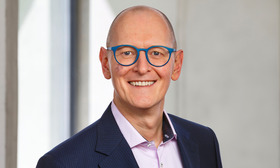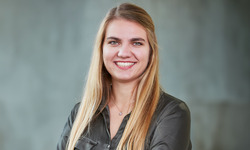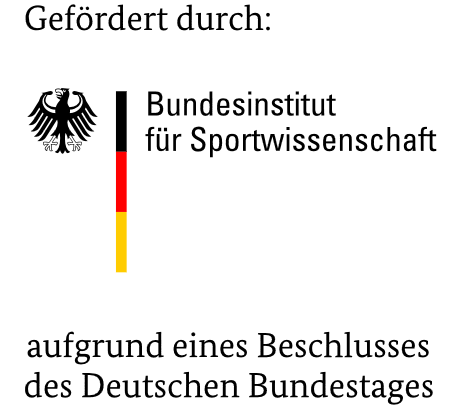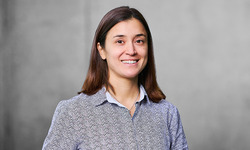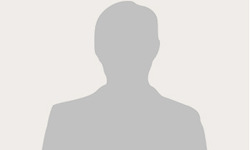Human locomotion movements are of paramount importance for a successful task completion in everyday life and sports. Central research activities of the interdisciplinary applicant team from the IfSS focus on the control and biomechanics of locomotion movements, how these are affected by training and learning, musculoskeletal disorders (e.g. osteoarthritis) or age-related degradation processes and diseases (e.g. dementia). In addition, various topics in the field of human-technology interaction are addressed. For example, the influence of sports technologies (e.g. running shoes), medical technologies (e.g. orthoses) or robotic components (e.g. exoskeletons) on the control and biomechanics of human locomotion movements. Moreover, research on biomarkers is conducted for early identification of critical overload situations.
The approved large-scale research device is a treadmill that offers the IfSS a unique research environment for addressing the above outlined research topics under ecologically valid and at the same time controlled conditions. Particularly noteworthy are the diverse functionalities of the treadmill, such as two separate belts with integrated force measurement units; various perturbation options; locomotion at different speeds and inclinations with self-selected or preset speed; a virtual reality (VR) functionality that provides real-time visual feedback for different movement scenarios on a projection screen in front of the treadmill, which is synchronized with the movements of the treadmill (e.g. inclines and perturbations); time-synchronous integration of additional measuring systems (e.g. motion capture) and the real-time display of biomechanical variables via a projection screen for gait training applications. The treadmill integrates and synchronizes all the above-mentioned functionalities by a modifiable system software. Consequently, the treadmill can be used in experiments for complex biomechanical analysis and is additionally a powerful training device in the context of intervention studies.
The treadmill fits perfectly into the existing laboratory infrastructure at the IfSS (e.g. compatibility with the existing motion capture system). The device enables the applicant team to address new, cross-disciplinary research questions in the context of human locomotion. Furthermore, it supports a better integration of research between the professorships at IfSS and the KIT for various, socially relevant target groups at the interface of sports science (e.g., motor control, biomechanics and health sciences), medicine (e.g., orthopedics and physiology) as well as computer science and engineering (e.g., robotics).


